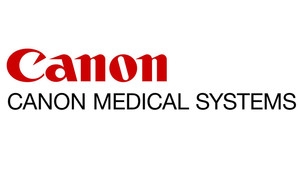Artificial intelligence for imaging how the body works
Computed tomography perfusion (CTP) images can provide information on the status and the workings of organs and lesions. For example, a tumor that is actually reacting to chemotherapy, and is therefore dying, might not shrink. This tumor would appear the same in a standard CT image, while the CTP image would show its response. However, CTP images are either too low quality to be useful, or too much radiation needs to be used. Therefore, CTP is used for a very limited number of clinical problems.
In Europe alone, every year almost four million people are diagnosed with cancer, while more than half a million people experience a stroke. Clearly, the introduction of CTP to be better able to diagnose, and plan and monitor the treatment of patients would have a significant impact on the health of the population.
In this project, special software will be further developed and optimised that allows for the use of a lot less radiation for CTP imaging but still results in high quality, and accurate, images. In addition to improving this software, called the 4D similarity filter, the largest step forward in this project will be the development and use of new artificial intelligence methods to make the filter work optimally for all types of CTP images. In this way, the similarity filter will work optimally for images of all organs (brain, liver, lungs, etc.), making CTP imaging possible for many clinical applications.
The partnership between the Radboud University Medical Center and Canon Medical, who has licensed the use of the 4D similarity filter in their CT systems, will allow for the introduction of these developments in the short term after completion of this project and clinical validation of its results.


